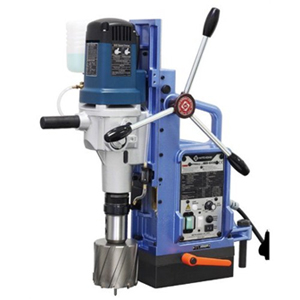Schedule a Call Back
Make in India in shifting world: Manufacturing for resilience, global leadership
 Articles
Articles- Sep 27,25

Related Stories

Otter Controls India Inaugurates New Facility in Pune
The facility represents a significant commitment to Indian manufacturing, backed by a $4.5 million investment.
Read more
Pralhad Joshi Highlights India’s Economic Growth & BIS’s Role in Global Standards
Government harmonizing QCOs for certification to curb substandard goods. Pralhad Joshi highlights India’s growth, BIS's role in standards, and key initiatives.
Read more
Ingersoll Rand Opens New Manufacturing Facility in Sanand, Gujarat
Ingersoll Rand’s new manufacturing facility in Sanand is one of its largest investments in India, and is set to begin production by the fourth quarter of fiscal year 2025.
Read moreRelated Products

Integrated Electric Gripper S Series
IBK Engineers Pvt Ltd offers a wide range of integrated electric gripper S series.

Geared Electric Motors
Delco Fans Pvt Ltd offers single phase capacitor run and three
phase geared Instrument motors, totally enclosed face/foot mounted.

“Kusam-Keco” Partial Discharge Acoustic Imager - Model - Km-pdai
‘Kusam-Meco’ has introduced a new “Partial Discharge Acoustic Imager Model KM-PDAI.















